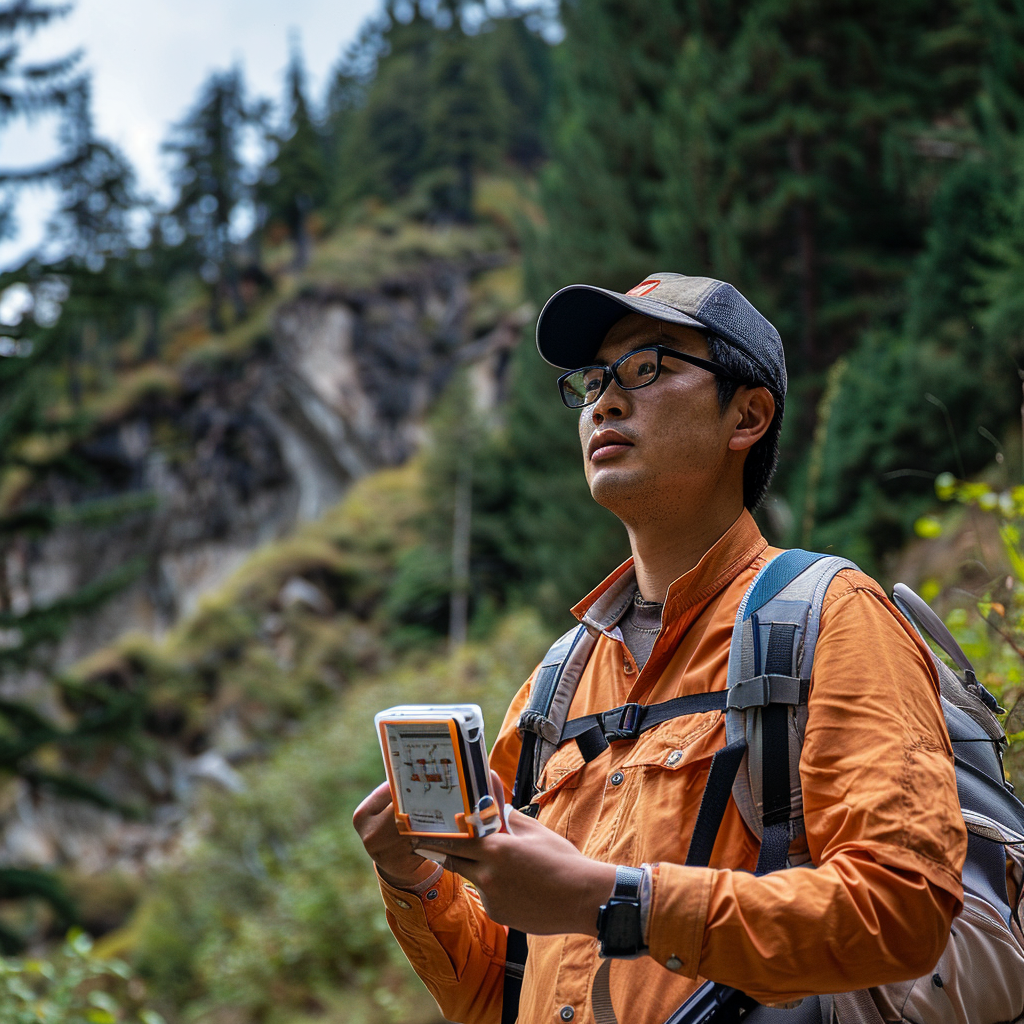发布:2025-03-08 浏览:0
森林资源资产评估:守护绿色财富的价值天平
Forest resource asset assessment: safeguarding the value balance of green wealth
引言
introduction
森林,作为陆地生态系统的核心,不仅是人类赖以生存的自然根基,更是承载着巨大经济价值的宝贵资产。在全球生态环境日益受到重视以及市场经济蓬勃发展的当下,森林资源资产评估这一关键领域逐渐崭露头角,成为连接生态保护与经济发展的重要桥梁。它对于合理配置森林资源、推动林业产业可持续发展、保障林权所有者权益以及促进生态补偿机制的有效运行等方面,都发挥着不可或缺的作用。
Forests, as the core of terrestrial ecosystems, are not only the natural foundation for human survival, but also valuable assets carrying enormous economic value. In the current era where global ecological environment is increasingly valued and market economy is flourishing, the key field of forest resource asset assessment is gradually emerging and becoming an important bridge connecting ecological protection and economic development. It plays an indispensable role in the rational allocation of forest resources, promoting sustainable development of the forestry industry, safeguarding the rights and interests of forest owners, and facilitating the effective operation of ecological compensation mechanisms.
森林资源资产的独特属性
The unique attributes of forest resource assets
经营永续性构筑生态经济循环
Building an ecological economic cycle through sustainable management
森林资源资产区别于一般资产的显著特征之一便是经营的永续性。与不可再生资源不同,森林具有强大的自我更新和再生能力。在科学合理的经营管理下,森林资源资产能够实现长期的保值增值。通过持续的森林培育、采伐与更新,每年产出林产品获取经济收益的同时,森林资源总量得以维持甚至增长,形成一个良性的生态经济循环,源源不断地为社会创造价值。

One of the significant characteristics that distinguish forest resource assets from general assets is the sustainability of their management. Unlike non renewable resources, forests have strong self-renewal and regeneration capabilities. Under scientific and rational management, forest resource assets can achieve long-term preservation and appreciation. Through continuous forest cultivation, logging, and renewal, the annual output of forest products generates economic benefits while maintaining or even increasing the total amount of forest resources, forming a virtuous ecological and economic cycle that continuously creates value for society.
漫长再生期考验投资耐力
Long regeneration period tests investment endurance
森林资源资产的再生是一个极为漫长的过程。从林木的种植到成材,短则数年,长则数十年甚至上百年。这意味着投资森林资源资产需要具备长远的眼光和强大的资金耐力。资金在投入后,需经过漫长的等待期才能实现回收与盈利,这一特性极大地影响了森林资源资产的价值评估和投资决策,要求评估过程中充分考虑时间价值和未来收益的不确定性。
The regeneration of forest resource assets is an extremely lengthy process. From the planting of trees to their maturity, it can take as short as a few years, as long as decades or even hundreds of years. This means that investing in forest resource assets requires a long-term vision and strong financial endurance. After investment, funds need to go through a long waiting period to achieve recovery and profitability, which greatly affects the value evaluation and investment decisions of forest resource assets. It is required to fully consider the uncertainty of time value and future returns in the evaluation process.
辽阔分布带来评估挑战
Vast distribution brings evaluation challenges
森林广泛分布于广袤的大地之上,不同地域的森林资源资产在树种结构、林分质量、生态功能以及市场价值等方面存在显著差异。这种分布的辽阔性使得森林资源资产评估难以采用统一的标准和方法。评估人员需要深入实地,针对每一片森林的具体情况进行详细勘察与分析,综合考虑当地的自然条件、市场环境和经营管理水平等多方面因素,才能得出准确的评估结果。
Forests are widely distributed on vast land, and there are significant differences in tree species structure, stand quality, ecological function, and market value among forest resource assets in different regions. The vastness of this distribution makes it difficult to adopt unified standards and methods for evaluating forest resource assets. Evaluators need to go deep into the field, conduct detailed surveys and analyses based on the specific conditions of each forest, and comprehensively consider various factors such as local natural conditions, market environment, and management level in order to obtain accurate evaluation results.
多元功能增添价值维度
Multi functional added value dimension
森林资源资产具有生态、社会和经济等多元功能。除了提供木材、林产品等直接经济价值外,森林还在保持水土、涵养水源、调节气候、维护生物多样性等生态功能方面发挥着不可替代的作用,同时也为人们提供休闲旅游、文化教育等社会效益。这些多元功能使得森林资源资产的价值评估变得更为复杂,不仅要考量市场交易的经济价值,还需对难以用货币直接衡量的生态和社会功能进行合理量化与评估。
Forest resource assets have diverse functions such as ecology, society, and economy. In addition to providing direct economic value such as timber and forest products, forests also play an irreplaceable role in ecological functions such as soil and water conservation, water conservation, climate regulation, and biodiversity maintenance. They also provide social benefits such as leisure tourism and cultural education for people. These diverse functions make the value assessment of forest resource assets more complex, requiring not only consideration of the economic value of market transactions, but also reasonable quantification and evaluation of ecological and social functions that are difficult to measure directly in monetary terms.
管理艰巨性提升风险等级
Management difficulty increases risk level
森林资源资产的管理面临诸多挑战。由于森林分布分散且难以封闭,火灾、虫灾、盗伐等自然灾害和人为破坏随时可能发生,导致资产安全难以保障,风险损失的可能性增加。在评估森林资源资产价值时,必须充分考虑这些潜在风险因素,合理评估资产的安全性和稳定性,为投资者和经营者提供准确的风险预警和决策依据。
The management of forest resource assets faces many challenges. Due to the scattered distribution and difficulty in sealing off forests, natural disasters such as fires, insect infestations, illegal logging, and human damage can occur at any time, making it difficult to ensure asset safety and increasing the possibility of risk losses. When evaluating the value of forest resource assets, it is necessary to fully consider these potential risk factors, reasonably assess the safety and stability of assets, and provide accurate risk warnings and decision-making basis for investors and operators.



















